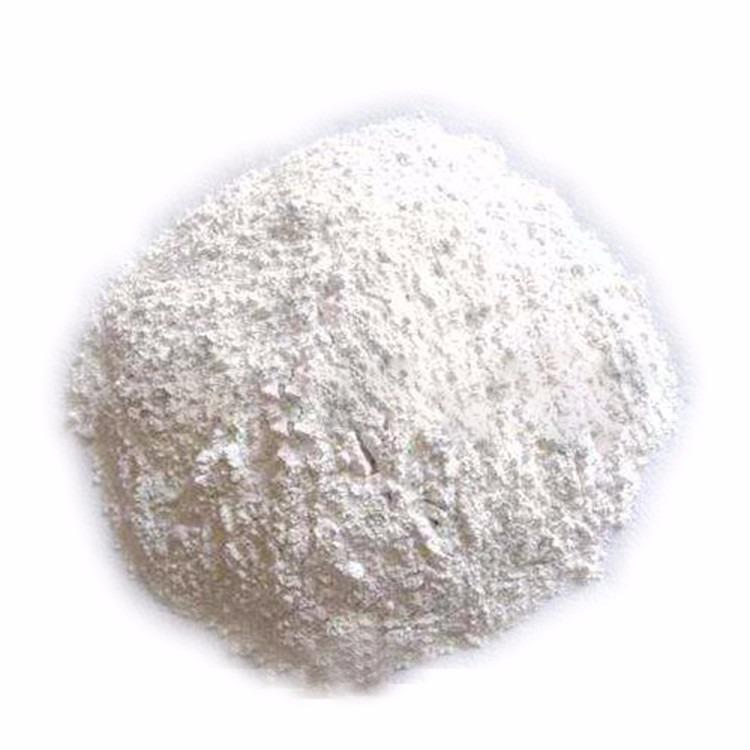Colorful sunflower (Figure)
Monobenzone can decompose melanin in the skin, and prevent the formation of melanin in the skin, used for the treatment of hyperpigmentation, such as various spots, age spots, melanoma. In addition as intermediates in organic synthesis.
Our company offers variety of products which can meet your multifarious demands.including API Powder.Pharmaceutical Intermediates.Vitamins Powder.Plant Extracts.Food Additive.Peptide Powder and so on We adhere to the management principles of "quality first, customer first and credit-based" since the establishment of the company and always do our best to satisfy potential needs of our customers. Our company is sincerely willing to cooperate with enterprises from all over the world in order to realize a win-win situation since the trend of economic globalization has developed with anirresistible force.
Function:
Monobenzone can decompose melanin in the skin, and prevent the formation of melanin in the skin, used for the treatment of hyperpigmentation, such as various spots, age spots, melanoma. In addition as intermediates in organic synthesis.
Our company offers variety of products which can meet your multifarious demands.including API Powder.Pharmaceutical Intermediates.Vitamins Powder.Plant Extracts.Food Additive.Peptide Powder and so on We adhere to the management principles of "quality first, customer first and credit-based" since the establishment of the company and always do our best to satisfy potential needs of our customers. Our company is sincerely willing to cooperate with enterprises from all over the world in order to realize a win-win situation since the trend of economic globalization has developed with anirresistible force.
Function:
1.Monobenzone is a compound used as a topical drug for medical depigmentation.
2.The topical application of monobenzone powder in animals decreases the excretion of melanin from melanocytes. The same action is thought to be responsible for the depigmenting effect of the drug in humans.
3.Monobenzone may cause destruction of melanocytes and permanent depigmentation.
4.The histology of the skin after depigmentation with topical monobenzone powder is the same as that seen in vitiligo.
5.The epidermis is normal except for the absence of identifiable melanocytes.
product Photo:

Best Monobenzone,Type 1 3 Collagen,99% Rapamycine Sirolimusa Powder,Hyaluronic Acid Dical
Shaanxi YXchuang Biotechnology Co., Ltd , https://www.peptidenootropic.com